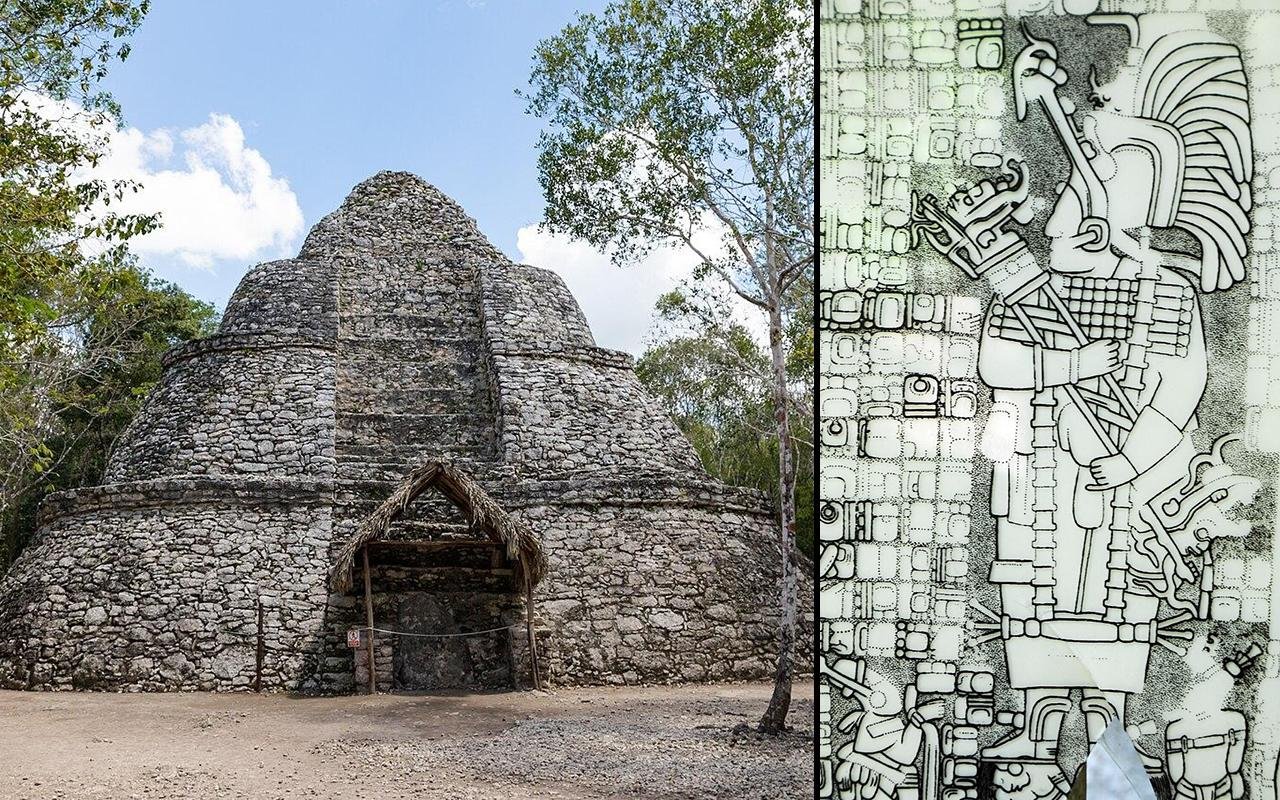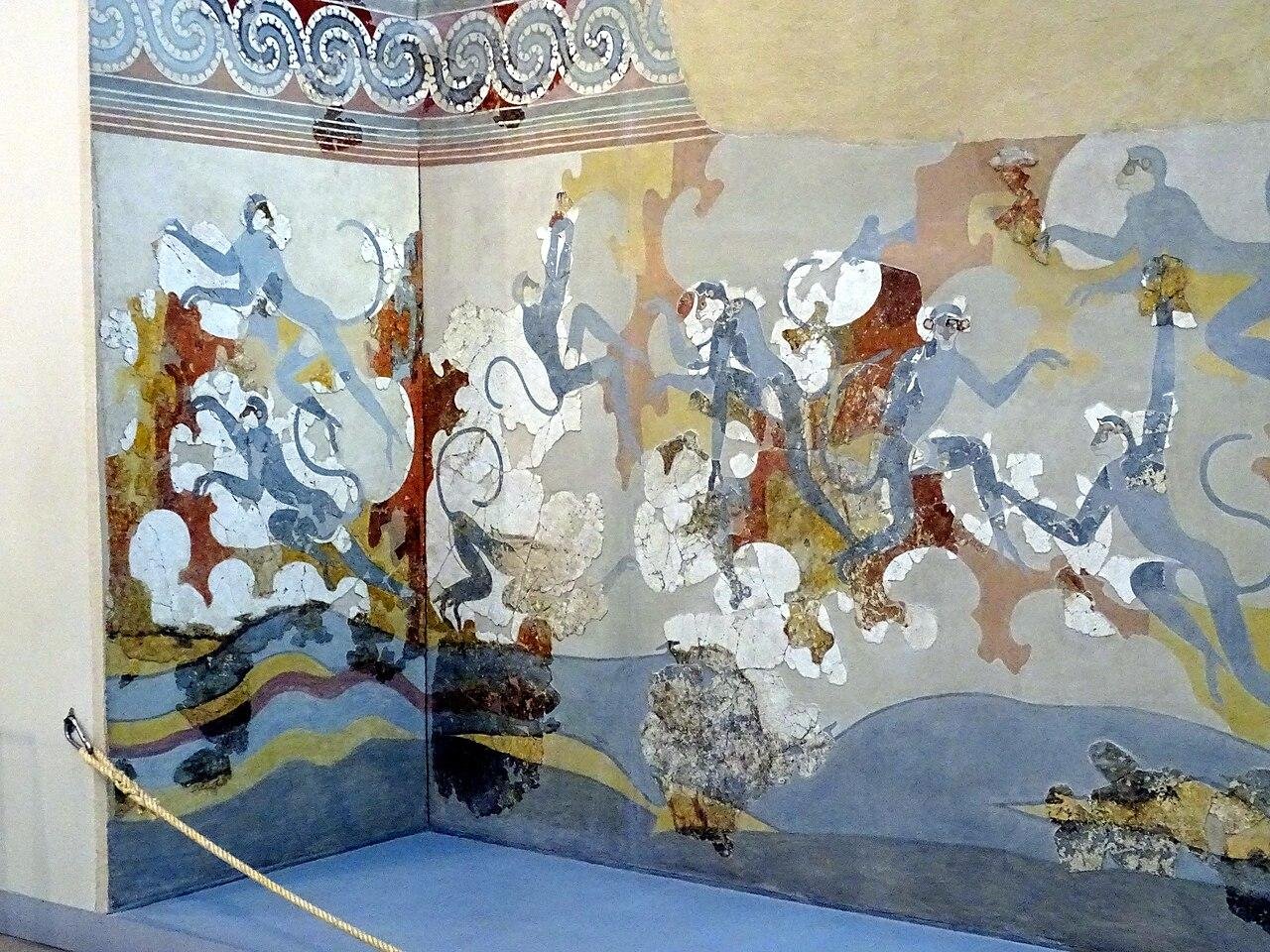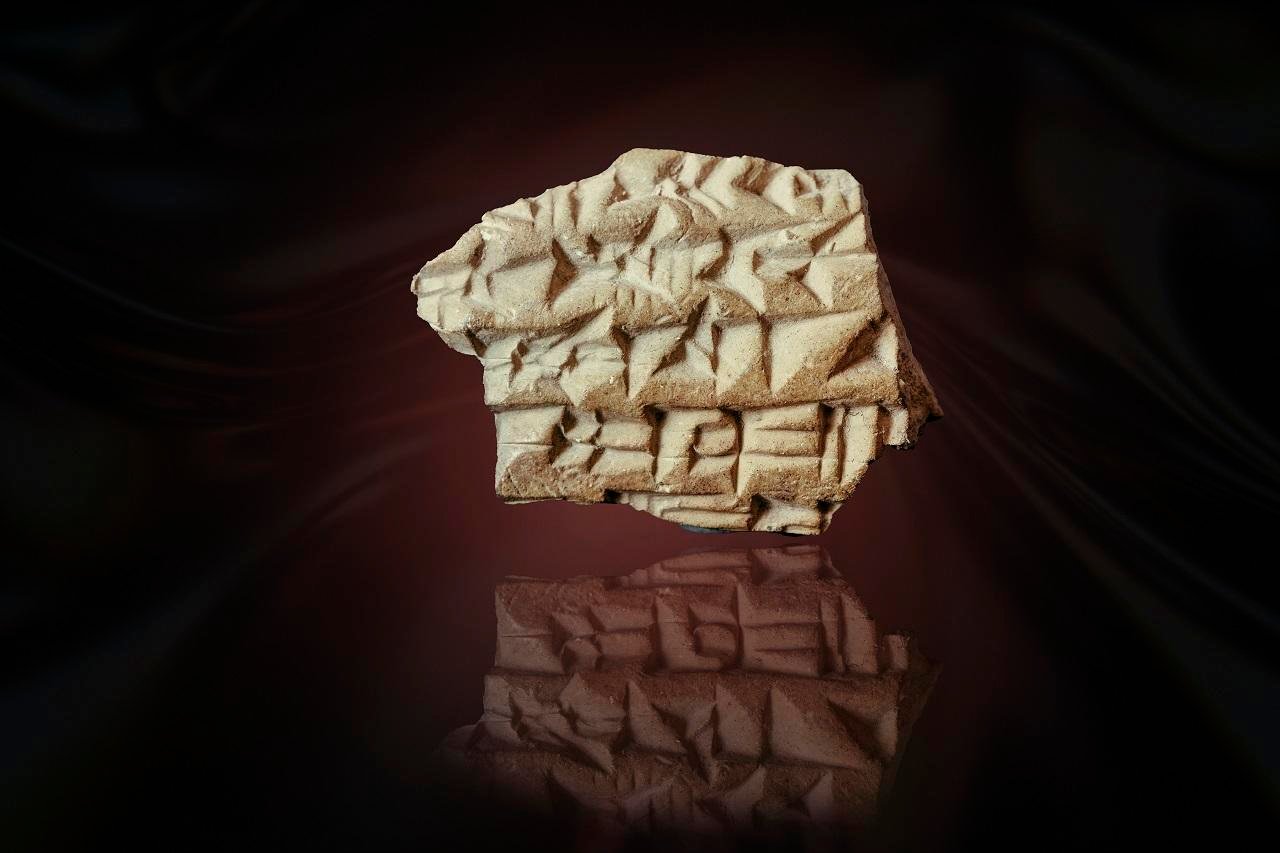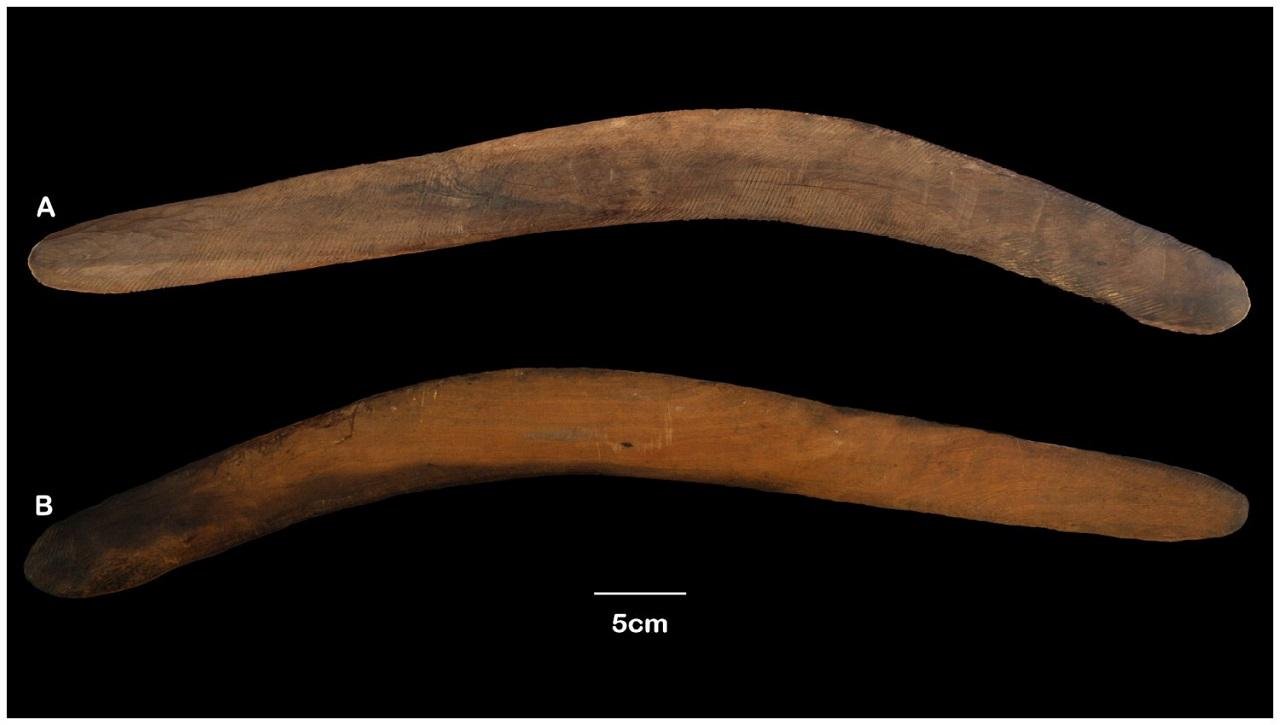A team of archaeologists from ArcheoScan has unearthed a unique medieval tombstone depicting a knight during an excavation in the historic center of Gdańsk, Poland. The tombstone was unearthed in Śródmieście I, the city’s most important archaeological site, located between Czopowa, Sukiennicza, and Grodzka streets.
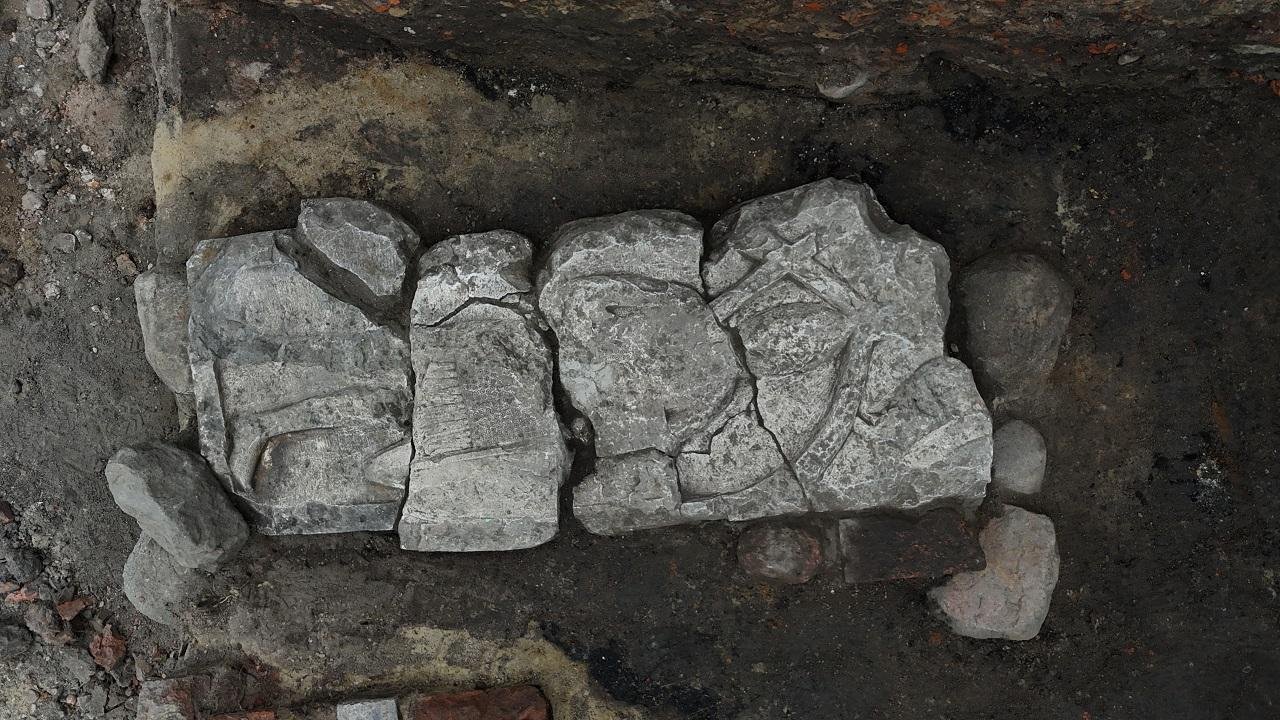 Credit: ArcheoScan – Pracownia Archeologiczno-Konserwatorska
Credit: ArcheoScan – Pracownia Archeologiczno-Konserwatorska
The site has been of interest for years because it once housed a wooden church that was built around 1140 and later a brick castle, constructed between 1335 and 1341 by the German religious and military order known as the Teutonic Knights, established during the Crusades. The castle was subsequently destroyed by Gdańsk residents in 1454.
The archaeological excavation started in 2023 and has so far uncovered over 250 burials, six gravestones, and the foundations of the 12th-century wooden church. Sylwia Kurzyńska from ArcheoScan said, “This is the center of Gdańsk, a place popularly referred to as a ‘castle.’ It is the oldest and most precious archaeological site in the city.”
 Credit: ArcheoScan – Pracownia Archeologiczno-Konserwatorska
Credit: ArcheoScan – Pracownia Archeologiczno-Konserwatorska
The most recent find is a Gotland limestone gravestone measuring around 150 centimeters in length. It depicts a knight wearing chainmail armor, holding a sword in his right arm and a shield in his left. Chainmail boots and leggings are also depicted. The figure is framed by stone arcades, an architectural element typical of the late 13th to early 14th century.
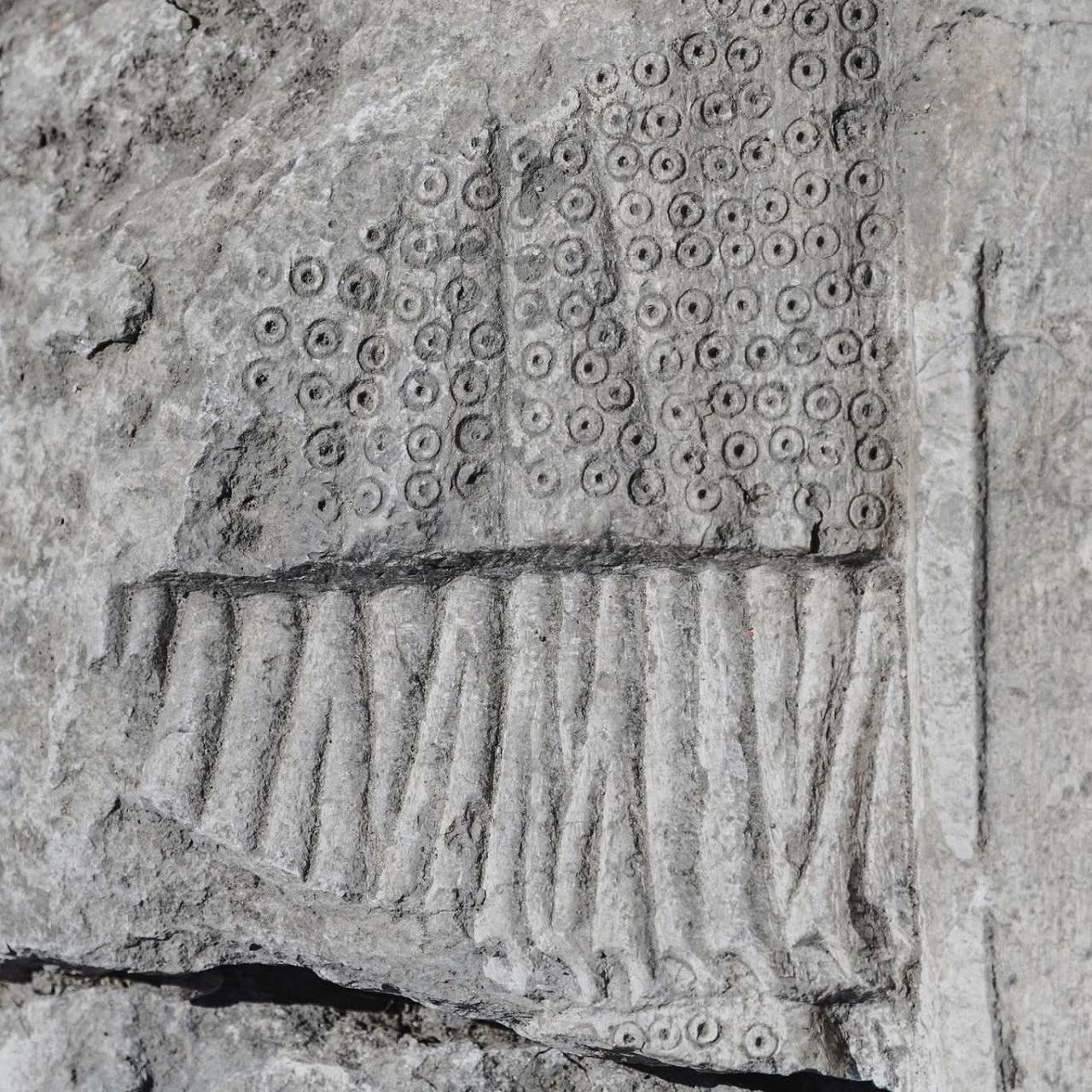 Credit: ArcheoScan – Pracownia Archeologiczno-Konserwatorska
Credit: ArcheoScan – Pracownia Archeologiczno-Konserwatorska
“What we are unearthing here is madness,” Kurzyńska said in an interview with PAP, citing the significance of the discovery. “We plan to lift the slab next week, and hopefully the burial will remain preserved below it.” The fragile nature of limestone—that is, its susceptibility to oxidation and flaking—has prompted the team to proceed with conservation more quickly. The slab will be moved to the Gdańsk Archaeological Museum once it has been stabilized.
While the knight’s idenтιтy remains unknown, the richness of the grave indicates that he was no ordinary man. “Given the value of the chainmail armor, the sword, and the knight’s position, standing straight with a raised sword, he was likely a commander or ruler,” Kurzyńska said.
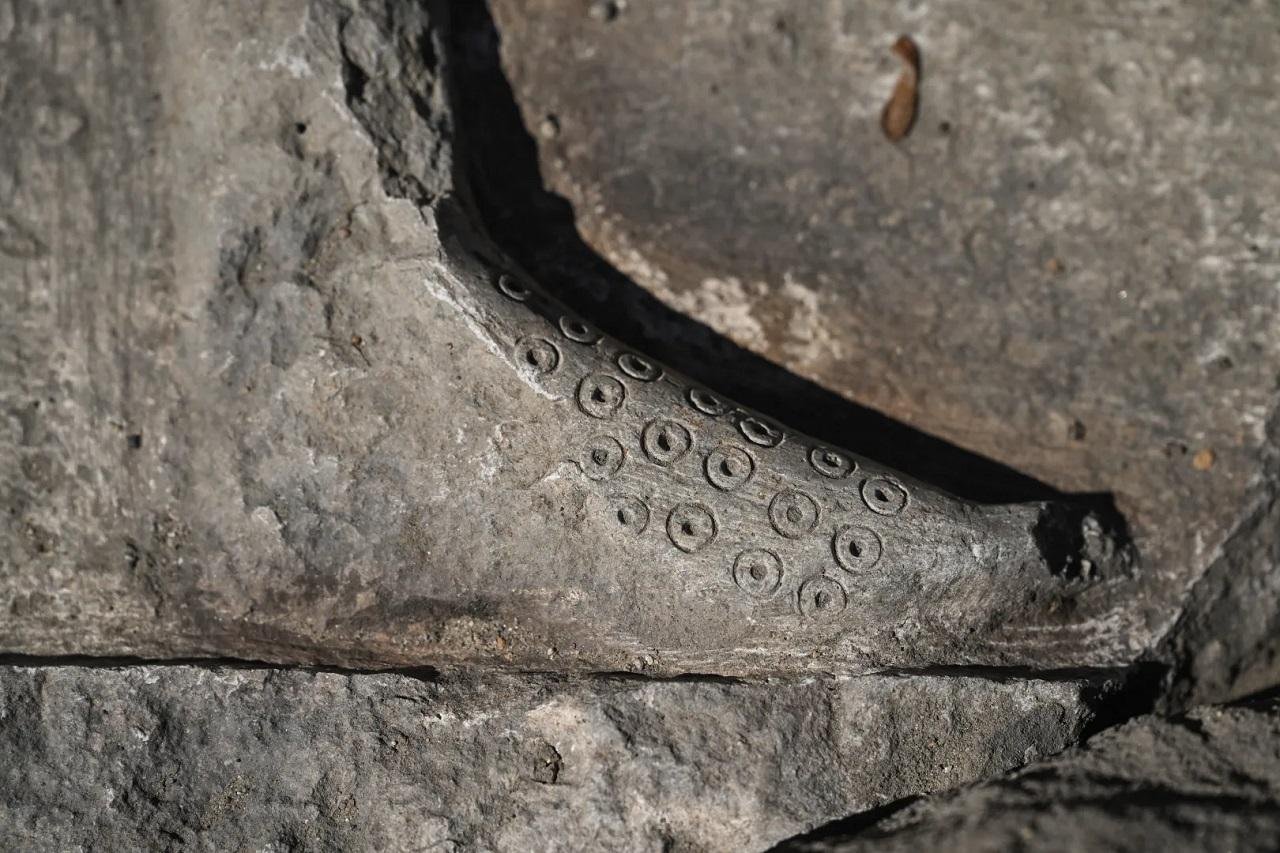 Credit: ArcheoScan – Pracownia Archeologiczno-Konserwatorska
Credit: ArcheoScan – Pracownia Archeologiczno-Konserwatorska
Apart from the limestone tombstone, archaeologists have also excavated a second gravestone made of sandstone. Although it has been damaged, there are signs of arcades, tracery, and areas of green-blue staining, possibly resulting from corrosion of copper carbonate, which implies the presence of buried metal artifacts. A wooden coffin and human skulls were also found close to the stones.
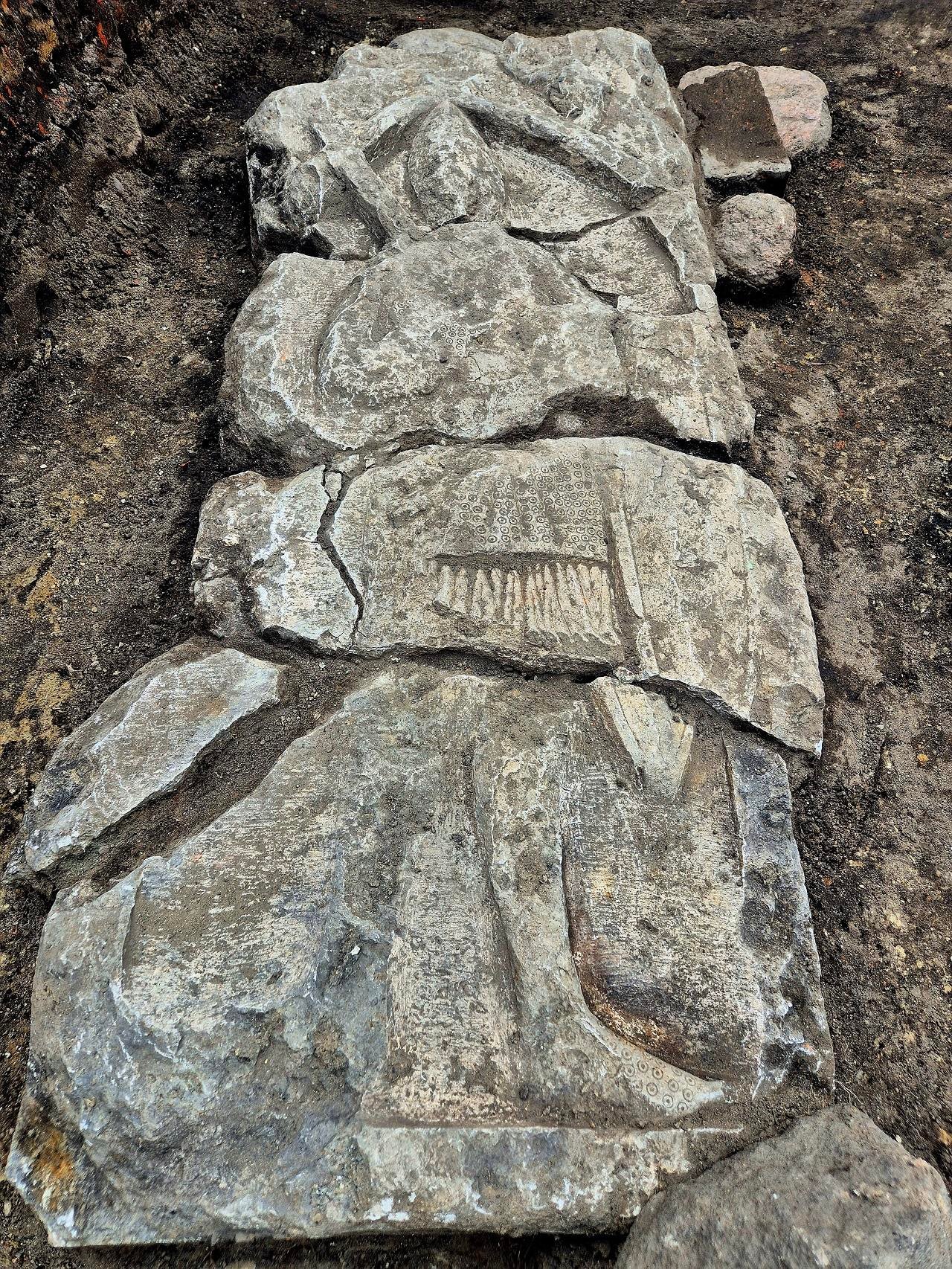 Credit: ArcheoScan – Pracownia Archeologiczno-Konserwatorska
Credit: ArcheoScan – Pracownia Archeologiczno-Konserwatorska
Gdańsk, previously known in earlier centuries as Danzig, was captured by the Teutonic Order in 1308 and colonized with German settlers. The city was an important fortress for the knights, and the new finds emphasize the medieval significance of the city and its high-status inhabitants.
More information: ArcheoScan
